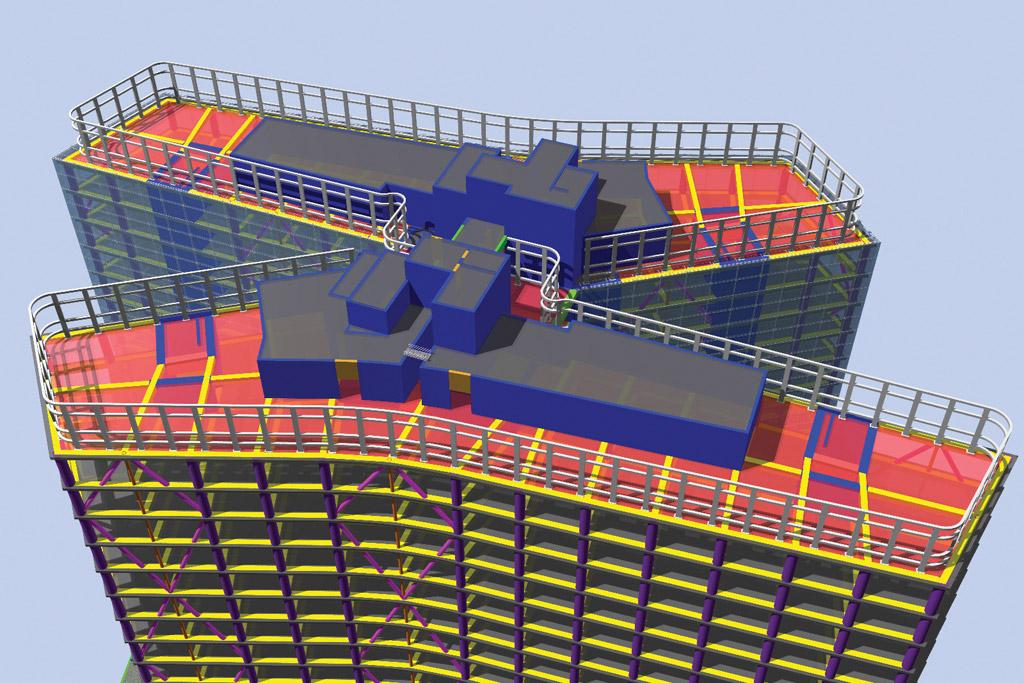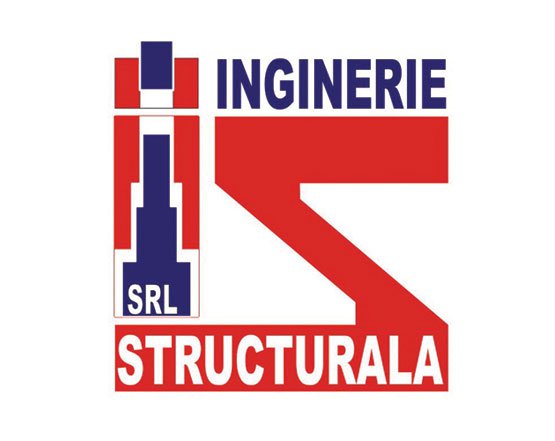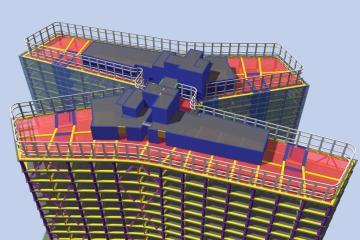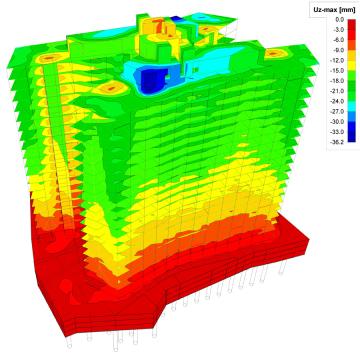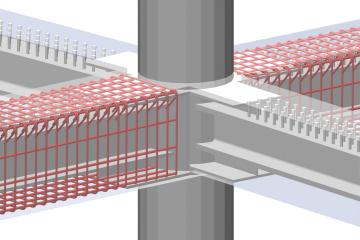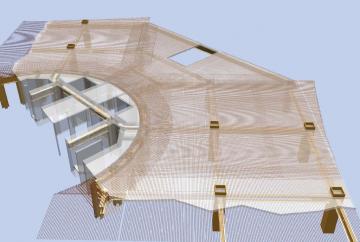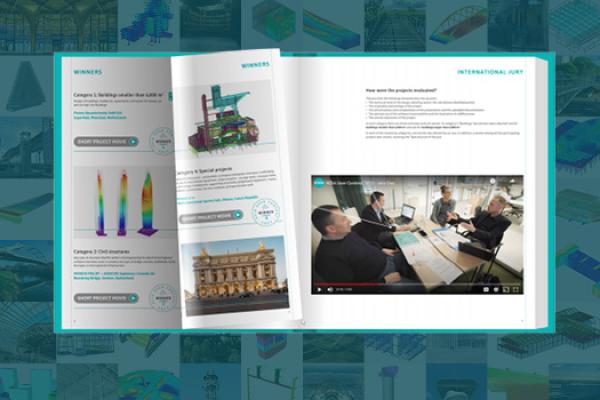Client information
Inginerie Structurala is a young company specialized in the computer aided design of complex structures in the structural engineering and industrial field. The main activity of our company is designing, consulting and construction expertise. It was founded in 2002 in Bucharest. Through professionalism and seriousness, Inginerie Structurala has gradually become a well-known company on the market. We design: high-rise office and residential buildings (16 storeys and more) with large spans; commercial centres (malls); car showrooms; car parks; houses; warehouses; production and industrial halls. Our team consists of 15 experienced engineers who are using software for design (drafting) and for computing the structures against seismic forces, which are predominant in our country. We are committed to provide innovative, effective and sustainable design solutions for the most complicated structures, to meet a variety of clients’ needs. We have the skills to manage complex projects and are dedicated to the success of any project because we have the ability to react promptly and positively to emergency requirements.
